- Details
- Category: photography photography
- Published: 19 January 2016 19 January 2016
|
|
Playing with "old" 50mm prime lenses adapted to a Sony E-Mount camera.
|
|
The Good Old 50s
Fifty mm lenses were the "normal" lenses of the 35mm film-camera era. In fact, they used to ship as a "kit" with many of the camera bodies of those days. As a result, fast manual-focus 50mm lenses are still very easy to find in the used market today, and at very reasonable prices. Having amassed a modest collection of 50 mm lenses, mostly bought on Craigslist, I decided to compare them when adapted to my Sony NEX body. How do these 20 to 30 year old lenses perform when coupled with a modern camera? Let's find-out.
The 50s collection
Nothing in my collection is very exotic or expensive. Typically, I've spent less that $100 on each lens; some more, but most of them much less than that. I currently own the following fast 50mm primes (see also Figure 1):
Minolta MC Rokkor-X 50mm f/1.7
All metal construction imparts this lens of a quality 'feel'. The focus mechanism is smooth as is typical of these older lenses. The aperture ring is nice and precise. At f/1.7 maximum aperture, it's the second fastest lens in the bunch, though the difference to the Canon f/1.8 is negligible. This is a Minolta MC/MD mount lens.
Minolta MD Rokkor 45mm f/2
Ok, technically this is not a 50mm lens, but the 5mm difference is small, so I decided to include it in the test. This lens is the slowest of the bunch at f/2, though still a relatively "fast" lens . The construction quality is not as good as the 50mm f/1.7 as it includes some plastic parts, but it still feels sturdy; certainly better than most modern kit lenses. The main differentiating factor is that this lens is considerably smaller and shorter than the others (a 'pancake' build of sorts), which may be an advantage when you want to travel light.
Olympus OM 50 mm f/1.4
I've tested this lens previously in this older article. It's a very nice, compact lens as is typical of the Olympus 'OM' series. This is also the fastest lens in the bunch at f/1.4 and, not surprisingly, was also the most expensive.
Canon EF 50mm f/1.8 II
The EF 50mm f/1.8 is one of the cheapest EF lenses still sold by Canon as of this date. This is the only electronically controlled lens in the group, so I had to use a Canon body to set aperture before mounting it on the Sony body. Clearly this lens was not designed for manual focus operation as the manual focus ring is very course and imprecise. Unlike all the other lenses tested, the EF f/1.8 is very cheaply built made mostly of plastic material.
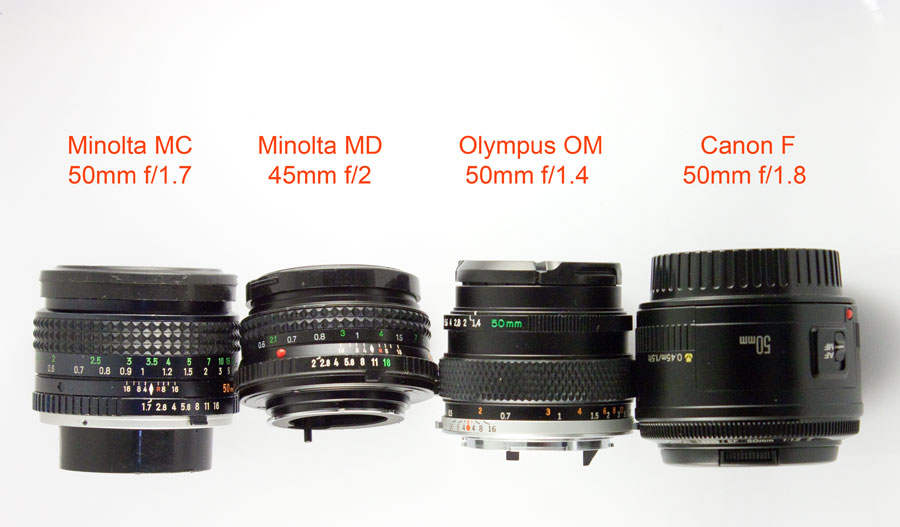
Figure 1 - The Good Old 50s
Bokeh Testing
I primarily use these lenses for portraiture. Owing to their wide aperture and 'longish' focal length (75 mm equivalent on a Sony APS-C sensor), these make excellent portrait tools, with nice blurred background (bokeh). Figure 2 shows the bokeh obtained with these four lenses. In all four photos, the distance to the 'subject' was the same (about 1.5 meters) and the lenses were set to f/2.8. This comparison gives you an idea of what bokeh you can expect in a portrait for the same aperture setting.
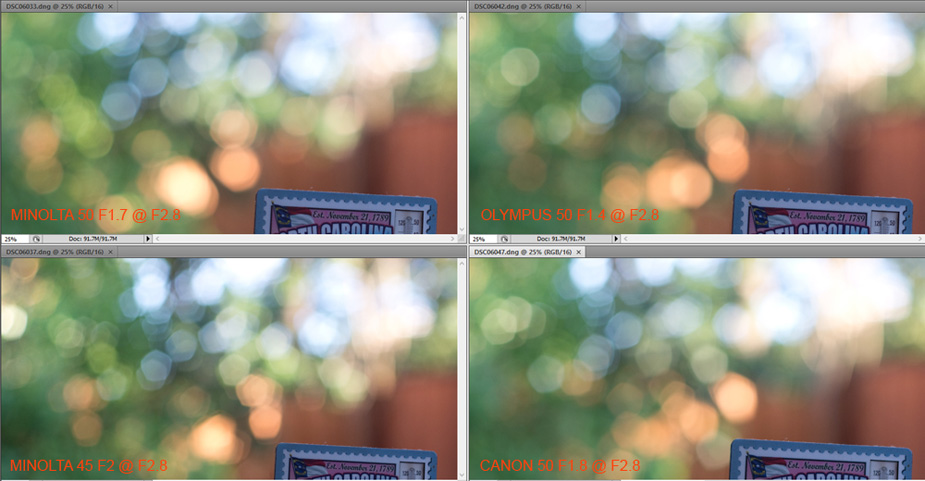
Figure 2 - Bokeh Comparison at f/2.8
On the following photos, each lens was set to their maximum aperture (example: f/1.4 for the Olympus, and f/1.8 for the Canon). This gives you an idea of what the bokeh looks like at the shallowest DOF possible (at this focusing distance).
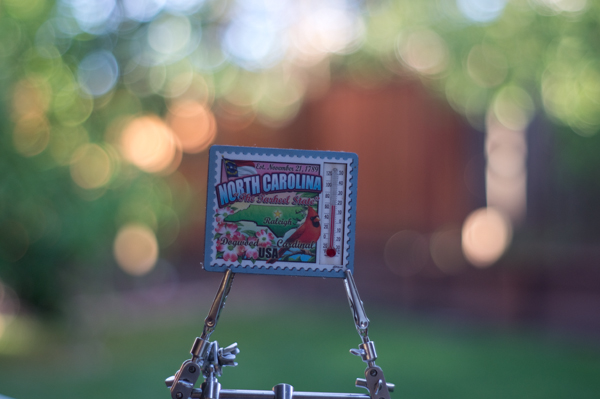
Minolta 50mm f/1.7 Wide Open
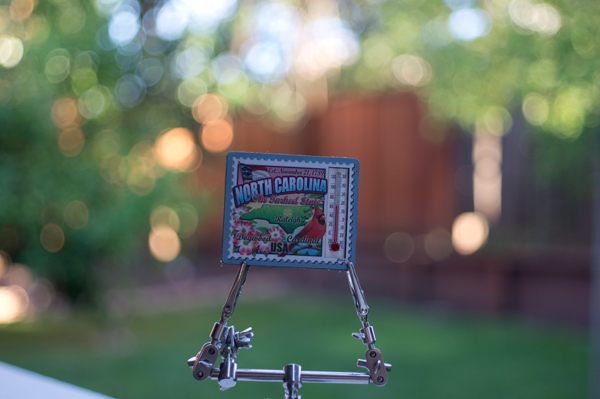
Minolta 45mm f/2 Wide Open
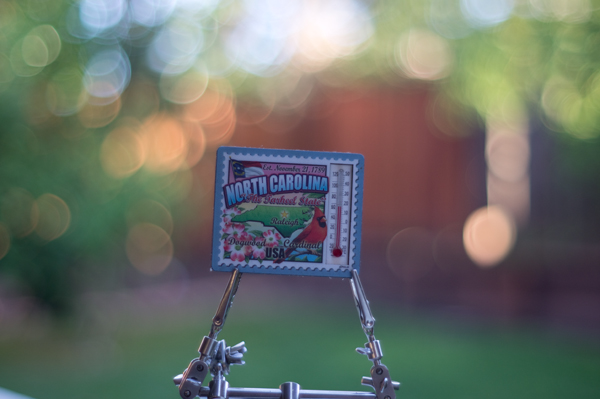
Olympus 50mm f/1.4 Wide Open
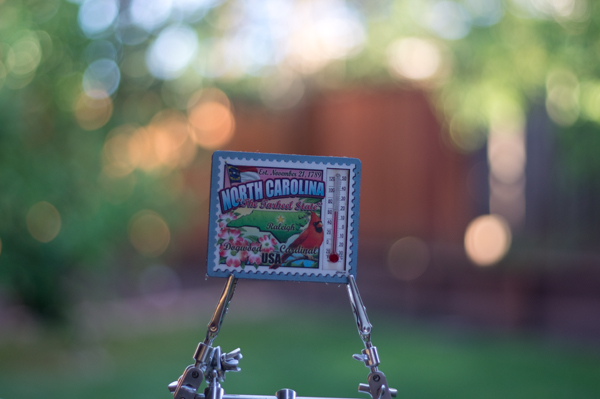
Canon 50mm f/1.8 Wide Open
The matter of "bokeh" is, in my view, very subjective. What constitutes a "good" bokeh cannot be measured ("bokhemeter" anyone?), so all we have left is personal preference. At f/2.8 (Figure 2), I have a slight preference towards the Olympus bokeh as the shapes in the background are smooth and round. It's interesting to observe that the other lenses, presumably because of the reduced number of blades, render different shapes like hexagons and pentagons while the Olympus is almost circular.
On the other hand, when all lenses are set to their widest aperture, the background bokeh becomes smoother. There's a noticeable contrast difference between them though, with the Olympus f/1.4 and Minolta f/1.7 producing rather 'hazy' photos, lacking contrast. However, the Olympus and Minolta are also the fastest lenses in the group, so perhaps the comparison at f/2.8 is the fair comparison. I have to say the Minolta f/2 surprised me given the pleasant bokeh and relatively contrasty image even wide open.
Sharpness Testing
Next we turn to the matter of sharpness. Since I plan to use these lenses in portraiture, I analyzed only on the center performance. As usual, the "fridge test" consists of placing the lens and camera on a tripod, manual focusing on the fridge in areas of detail (papers, magnets, etc) and then shooting at various apertures to see how the lens performs. See Figure 3 below.
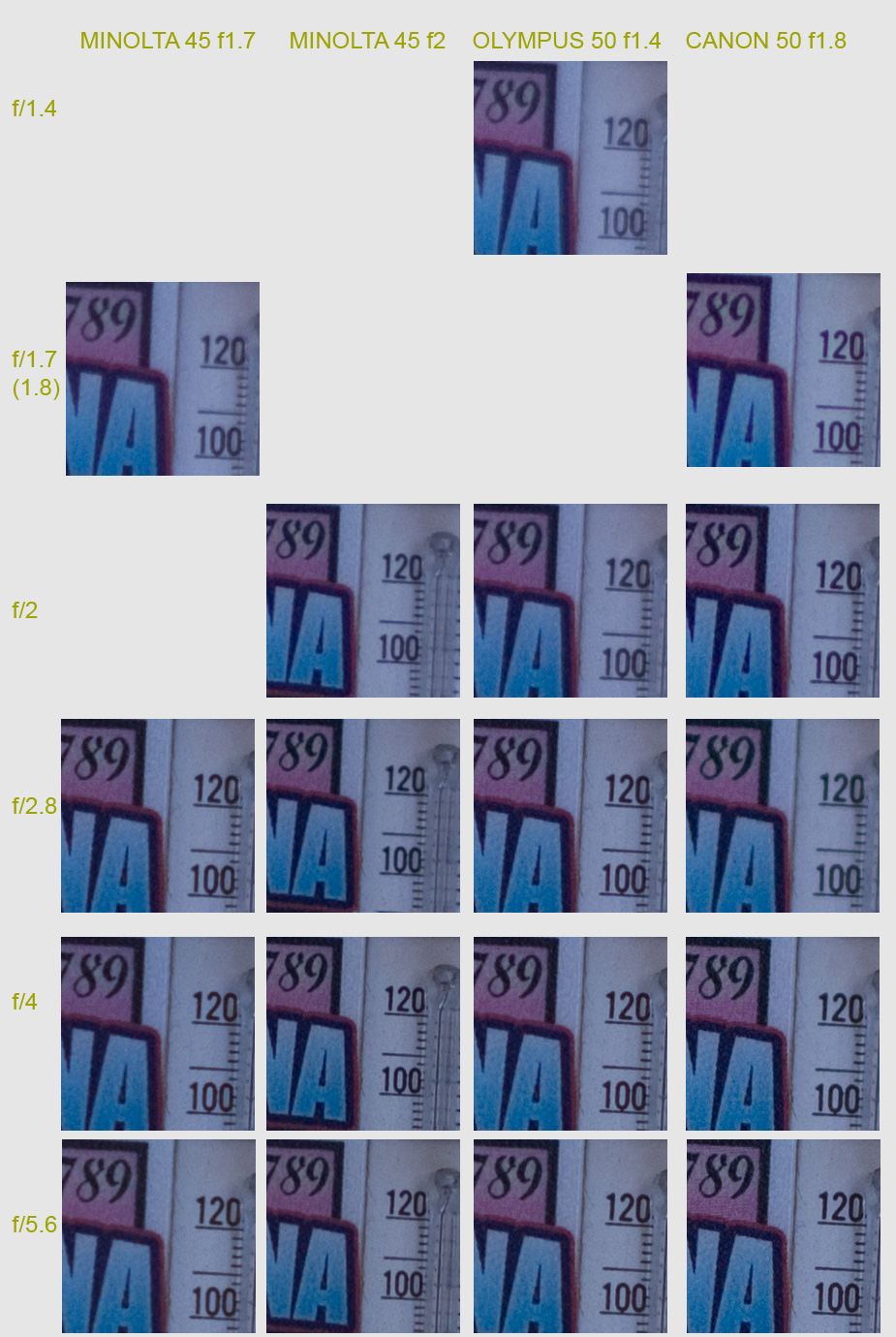
Figure 3 - The Fridge Test
NOTE: The Canon testing was particularly difficult since this lens does not feature a manual aperture ring. My 'workaround' was to connect it to a Canon body, set the aperture in Av mode, and use the (not recommended) 'hack' of removing the lens with the camera ON and the DOF preview button pressed. This worked, but the repeated insertion/removal of the lens might have affected the precise focusing settings. The result at f/2.8 seems to be a mistake; most likely a result of my procedure rather than the actual lens performance.
My first thought is that these are all very sharp lenses by f/2.8, capable of excellent results when properly focused. Wide-open, the Minolta 45mm f/2 was the surprising winner when compared to the others at their respective widest settings (just barely), though one has to consider it is the slowest of the four lenses. In practical terms, I would say there's not a huge difference here, with all lenses being capable of very respectable results at f/2.8 and f/5.6. Choosing one over the other is more a preference on the bokeh, and of course, the maximum aperture available (advantage Olympus here).
Minimum Focusing Distance
[TEST THIS with ruller, setting the lens all the way to the minimum in the ring and move the camera until it focus.]
Minimum focusing distance is an important, though often overlooked, characteristic of a lens. The shorter the minimum focusing distance, the higher magnification you can get. Shorter distances also mean shallower depth of field (all other things being equal) which may be important for portraits or to isolate your subject in a nature shot. I did a very rough measurement of the minimum focusing distance for each of these lenses at 200 mmm:
Soligor 90-230mm f/4.5 Zoom -> 6 ft
Canon EF-S 55-250mm f/4-5.6 IS -> 3 ft
Lentar 200mm f/4.5 -> 9 ft
Olympus OM 200mm f/4 -> 9ft
In this case, advantage goes to the Canon followed by the Soligor (it had to be good at something!). I'm actually considering turning the Soligor into a macro lens by attaching some extension rings. I can't see myself using it as a telephoto, but it may be useful as a macro.
Final thoughts
These tests show that even these "old", inexpensive manual focus lenses can produce very pleasing results when used at their optimum. Each one of these 50 mm lenses has it's own "character"; some have better bokeh than others, some have better contrast wide-open, some are smaller and lighter than others. Whichever one you choose, I think you will enjoy using it.
Comments, questions, suggestions? You can reach me at: contact (at sign) paulorenato (dot) com
